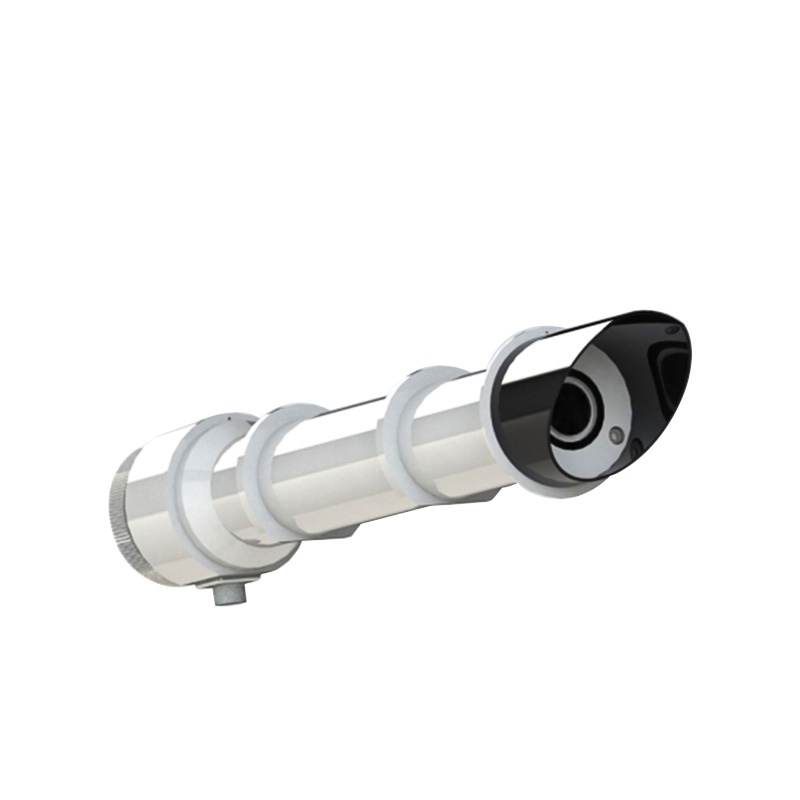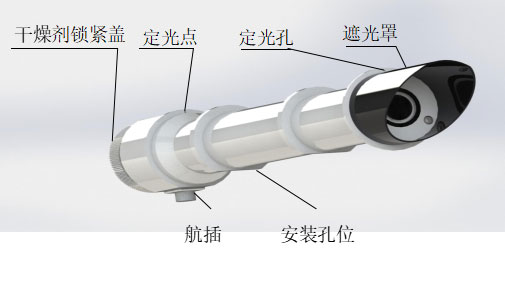Tianqiong Sensor IOT Technology Co., Ltd
Sales Manager:Ms. Emily Wang
Cel,Whatsapp,Wechat:+86 15898932201
Email:info@fengtutec.com
Add:No. 155 Optoelectronic Industry Accelerator, Gaoxin District, Weifang, Shandong, China

Sales Manager:Ms. Emily Wang
Cel,Whatsapp,Wechat:+86 15898932201
Email:info@fengtutec.com
Add:No. 155 Optoelectronic Industry Accelerator, Gaoxin District, Weifang, Shandong, China

Model:FT-FS5
Brand:tianqiong
Direct radiation sensor device introduction
Direct radiation sensor is designed to absorb solar radiation and is used to measure the intensity of direct solar radiation. It can be applied in many fields.Direct radiation sensor can be used to measure the direct radiation intensity of the solar spectrum in the spectral range of 0.28-3μm. The core device of the radiation sensor is a high-precision photosensitive element, with an optimized design of the precise collimator, good stability and high accuracy; at the same time, a quartz glass sheet made of precision optical cold processing is installed outside the sensing element, and a light shield is installed on the front end of the quartz glass sheet installation cylinder, which effectively prevents the influence of environmental factors on the sensor performance; the desiccant lock cover is equipped with a circular glass observation window, and a built-in color-changing silicone desiccant, which is convenient for observing the water absorption of the desiccant.
This product complies with the requirements of ISO9060 and WMO World Meteorological Organization Specification (CIMO Guide) and the latest Chinese meteorological standard "QX/T 20-2016 Direct Radiation Table". It can be widely used in the measurement of direct solar radiation energy in meteorological, solar energy utilization, agriculture and forestry, building material aging and atmospheric environment monitoring and other departments.
Direct radiation sensor technical parameters
| Parameter name | Specifications | illustrate |
| Level standard | FIRST CLASS | |
| Time response (95%) | 10s | |
| Heat radiation zero point offset | ±2W/㎡ | |
| Temperature change zero point offset | ±1W/㎡ | |
| Nonlinear Error | ±0.2% | |
| Yearly stability | ±0.5%/1yr | |
| Spectral consistency | ±3% | |
| Spectral Error | ±0.2% | |
| Temperature response (-10~40℃) | ±0.5% | |
| Inclination error | ±0.2% | |
| Spectral response | 285~3000nm | |
| Open corner | 4° | |
| Tracking accuracy | <±1º/24h | |
| Sensitivity | 7~14μV/W•m-2 | |
| Operating voltage | none | Millivolt voltage output |
| DC 24V | Standard current output | |
| DC 12~24V | RS485 output | |
| Signal output | 0~20mV | |
| 4~20mA | ||
| RS485 (MODBUS protocol) | ||
| Cable length | 2 meters | |
| Working environment | Temperature range: -40~85℃ | |
| Humidity range: 0~100% RH | ||
| weight | 0.46kg | No cable included |
| External dimensions | 290×67×56 (mm) | |
| Installation dimensions | 4-M2.5, hole spacing 23×86 (mm) |
Direct radiation sensor appearance and composition

TianQiong, as a professional supplier of meteorological monitoring equipment, offers a wide range of weather station types. The company provides everything from basic sensors to regional automatic weather stations that meet operational observation standards, and also specializes in developing profes...
Portable Weather Station is a highly integrated, low-power, and rapidly deployable high-precision automatic meteorological observation device. It is suitable for various scenarios such as emergency short-term meteorological observation, mobile meteorological monitoring, and microclimate environment monitoring. It is primarily used for data acquisition in fields such as meteorology, agriculture and forestry, environmental protection, and emergency monitoring....
weather monitoring system is an unattended meteorological data acquisition system that uses ultrasonic principles to measure wind speed and direction. This system integrates data acquisition, storage, and transmission functions, featuring a compact structure and easy installation....
The Portable el detector is an important device used to detect various defects in photovoltaic (PV) cell modules. It can accurately detect defects such as hidden cracks, fragments, and poor soldering in PV cell modules. These internal defects can seriously affect the service life and long-term power...